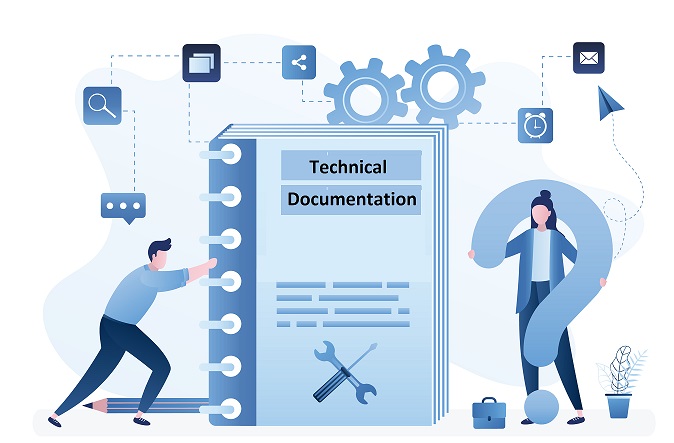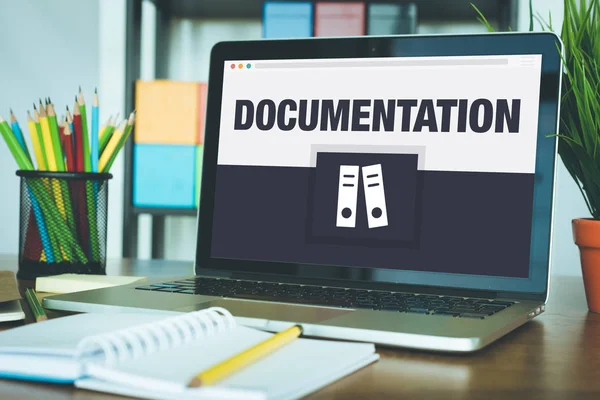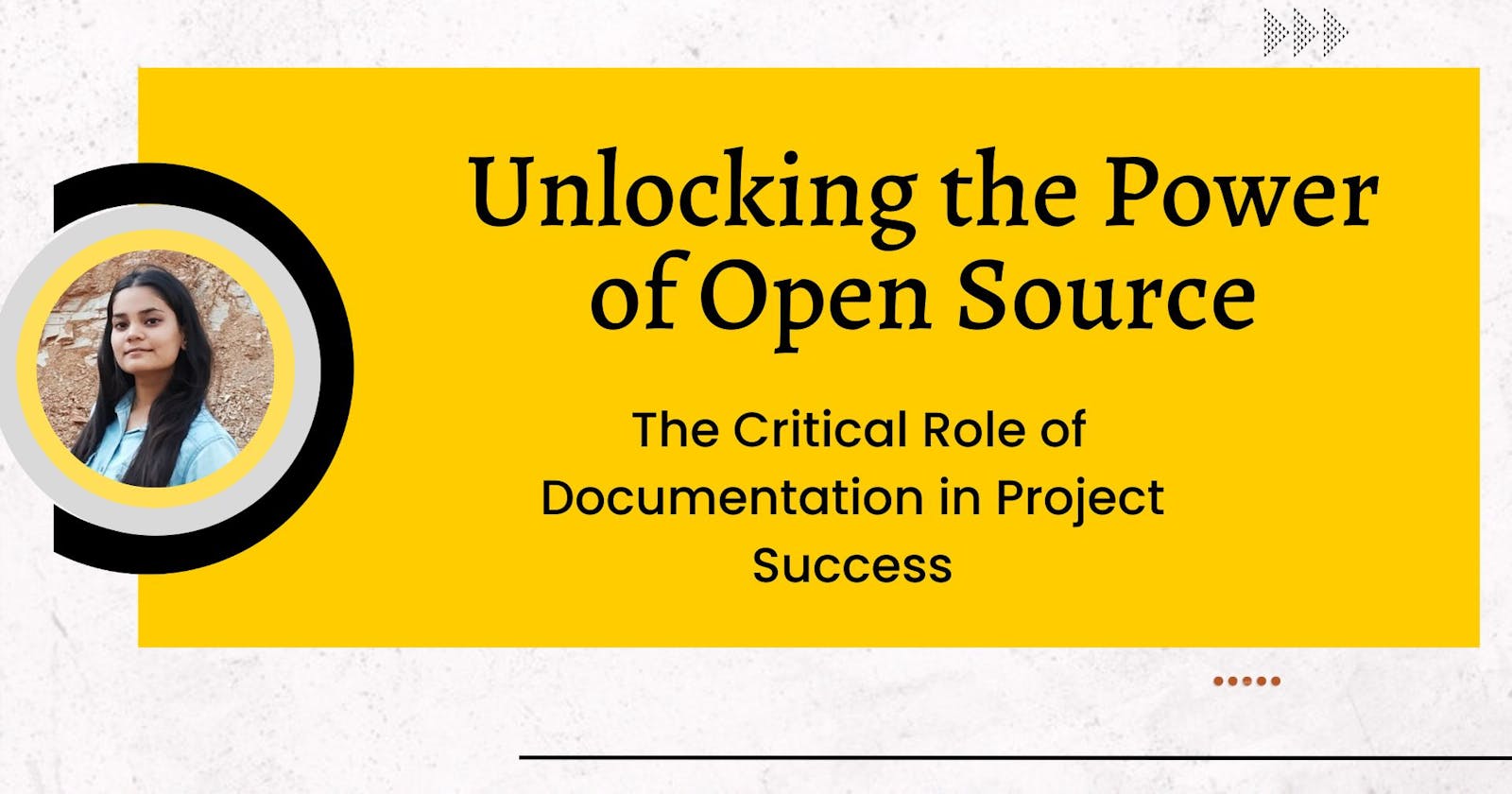Picture this: you've just stumbled upon a fascinating open source project with loads of potential, but you're not quite sure how to get started. That's where documentation comes in - it's the treasure trove of written and recorded materials that help users, developers, and contributors alike to understand and use the software to its fullest potential.
Think of documentation as your guidebook to the open source world. It can include everything from installation and setup guides to user-friendly tutorials and API documentation for developers. But documentation isn't just for the benefit of users and contributors - it's also a vital tool for open source projects themselves. High-quality documentation can help attract new users and contributors by demonstrating the project's commitment to accessibility, transparency, and ease of use.
So, whether you're a curious user, an ambitious developer, or a passionate contributor, documentation is your one-stop-shop for getting the most out of any open source project. With the right documentation at your fingertips, the possibilities are endless!

Documentation plays several crucial roles in open source projects
Onboarding new users and contributors: Documentation provides a starting point for new users and contributors to learn about the project, its features, and how to get involved.
Improving usability and accessibility: Clear and concise documentation helps ensure that the project is accessible and easy to use for a wide range of users and contributors.
Encouraging community participation: Documentation can also help create a sense of community around the project by encouraging users and contributors to engage with each other and share their knowledge and experience.
Supporting collaboration and development: Good documentation helps developers work together more efficiently and effectively by providing a shared understanding of the project's design, architecture, and functionality.
Ensuring project sustainability: Documentation is also essential for the long-term sustainability of an open source project. By providing clear and comprehensive documentation, the project can continue to attract new users and contributors over time, ensuring its ongoing success.
Overall, documentation is a vital component of any open source project. It helps ensure that the project is accessible, user-friendly, and sustainable, while also encouraging community participation and collaboration among users and contributors.

What can we put into Open Source project documentation?
Project description: A brief overview of the project, its purpose, and its key features.
Installation instructions: Step-by-step instructions for installing and configuring the software on different operating systems and environments.
Usage instructions: Guides and tutorials that explain how to use the software, including features, functionality, and best practices.
Contributing guidelines: Guidelines for contributors, including how to report bugs, request new features, and contribute code to the project.
Code of conduct: A set of guidelines that outline expected behavior for community members, including contributors and users.
Release notes: Information about the most recent releases of the software, including bug fixes, new features, and other important updates.
Project roadmap: A roadmap or timeline outlining future plans for the project, including upcoming releases, new features, and other milestones.
Links to documentation and support resources: Links to additional documentation, support forums, and other resources that can help users and contributors get the most out of the project.
Is there such a thing as a perfect document?
It is difficult to say that any document is perfect as there is always room for improvement and different perspectives on what constitutes perfection. However, a well-written and well-researched document that effectively communicates its intended message to its intended audience, is free of errors and inconsistencies and follows established standards and guidelines in its field, can be considered a high-quality and effective document. Additionally, a document that has been reviewed and revised by multiple parties, including subject matter experts and editors, can be considered a more reliable and accurate representation of its content.
Thank you so much for reading. Do Follow and Subscribe to the Newsletter (Blog) to get notified when I post.
